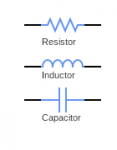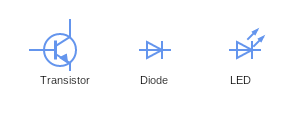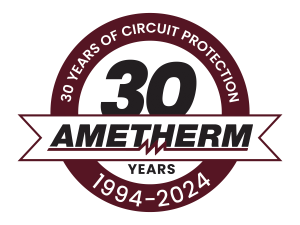
Inrush current limiting is vital to safeguard equipment and enhance its lifespan. NTC and PTC thermistors for inrush current reduction offer benefits like simplicity and cost-effectiveness, but sometimes, an active circuit is a more suitable choice.
Comparing NTC, PTC Thermistors, and Active Circuits for Inrush Current Limiting
Thermistors are temperature-sensitive resistors that precisely change resistance in proportion to temperature changes. NTC thermistors lower resistance as temperature rises, providing additional series resistance for inrush current limiting. They are widely used in various applications.
PTC thermistors provide variable resistance based on temperature, blocking overcurrent as the temperature increases. They are chosen over NTC thermistors for near-zero reset times, extreme temperatures, or frequent shorts.
Active current limiting circuits, such as semiconductor junctions, control gate voltage to safe levels. They are ideal for systems with frequent inrush current instances, like robotics.
Advantages of NTC and PTC Thermistors for Inrush Current Limiting
- Simplicity: NTC and PTC thermistors require fewer components, making them easier to design compared to active circuits. The design time for an active circuit is about five times longer than for a thermistor-based solution.
- Cost and Space Efficiency: Thermistors occupy less space on the circuit board and are typically less expensive than active circuit components.

Alternatives to Active Circuits for Inrush Current Limiting
Active circuit alternatives include transistors, diodes, and LEDs. These components are more suitable when “hot restart” capabilities are critical and offer lower power dissipation at higher power ratings.

Combining Thermistors and Active Circuits
To eliminate the cool-down/recovery time requirement, engineers can design inrush current protection to remove thermistors from the circuit after their initial surge protection. This involves adding a relay or triac in parallel with the thermistor and controlling them with additional circuits. This approach ensures that the thermistors are ready to respond to subsequent surges.
Conclusion
NTC and PTC thermistors provide a simple and cost-effective solution for inrush current limiting in most systems where “hot restart” is not critical. Active circuits are a more appropriate choice when a system requires a “hot restart.”
Ametherm thanks you for taking the time to read our Blog posts. If you have any questions fill out the form below and we will respond right away.
Visit Our Distributors to See Availability of Our Inrush Current Limiters







